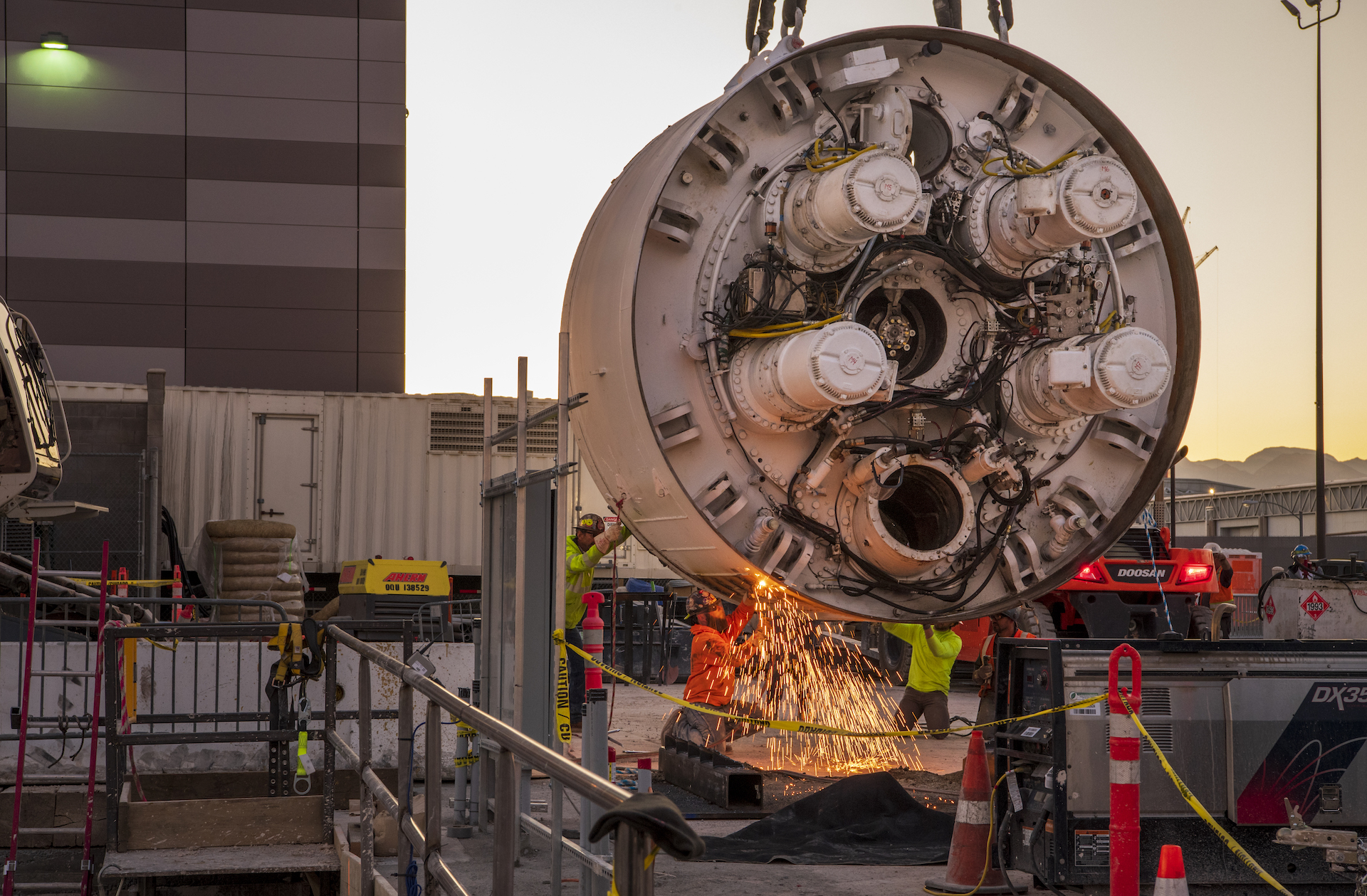
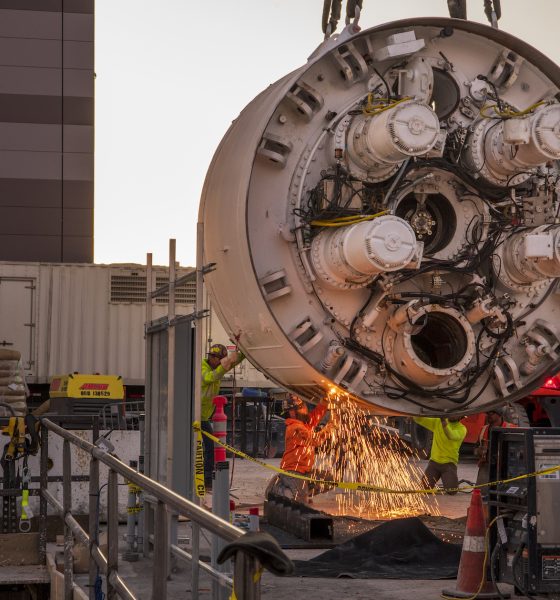
News
Elon Musk’s Boring Company gets stern dismissal from tunneling veteran: ‘Something like that doesn’t work’
Elon Musk’s companies have a pretty strong tendency to attract their own fair share of critics, including those in notable positions in their respective industries. This was the case with Tesla and its electric vehicles, and the same was true with SpaceX and its reusable orbital-class rockets. The Boring Company, another one of Elon Musk’s ventures, is now gathering its own skeptics as well, with Martin Herrenknecht, the founder of Herrenknecht AG, one of the world’s premier tunnel boring machine (TBM) makers, recently expressing his doubts about the tunneling startup.
German business publication Manager Magazin recently interviewed Herrenknecht. When asked about Elon Musk’s tunneling aspirations with The Boring Company, the Herrenknecht AG founder was dismissive, noting that he believes the Tesla and SpaceX CEO is overrated, at least when it comes to tunnel construction. The executive added that his company’s TBMs are far more advanced than the Boring Company’s tunneling machines today.
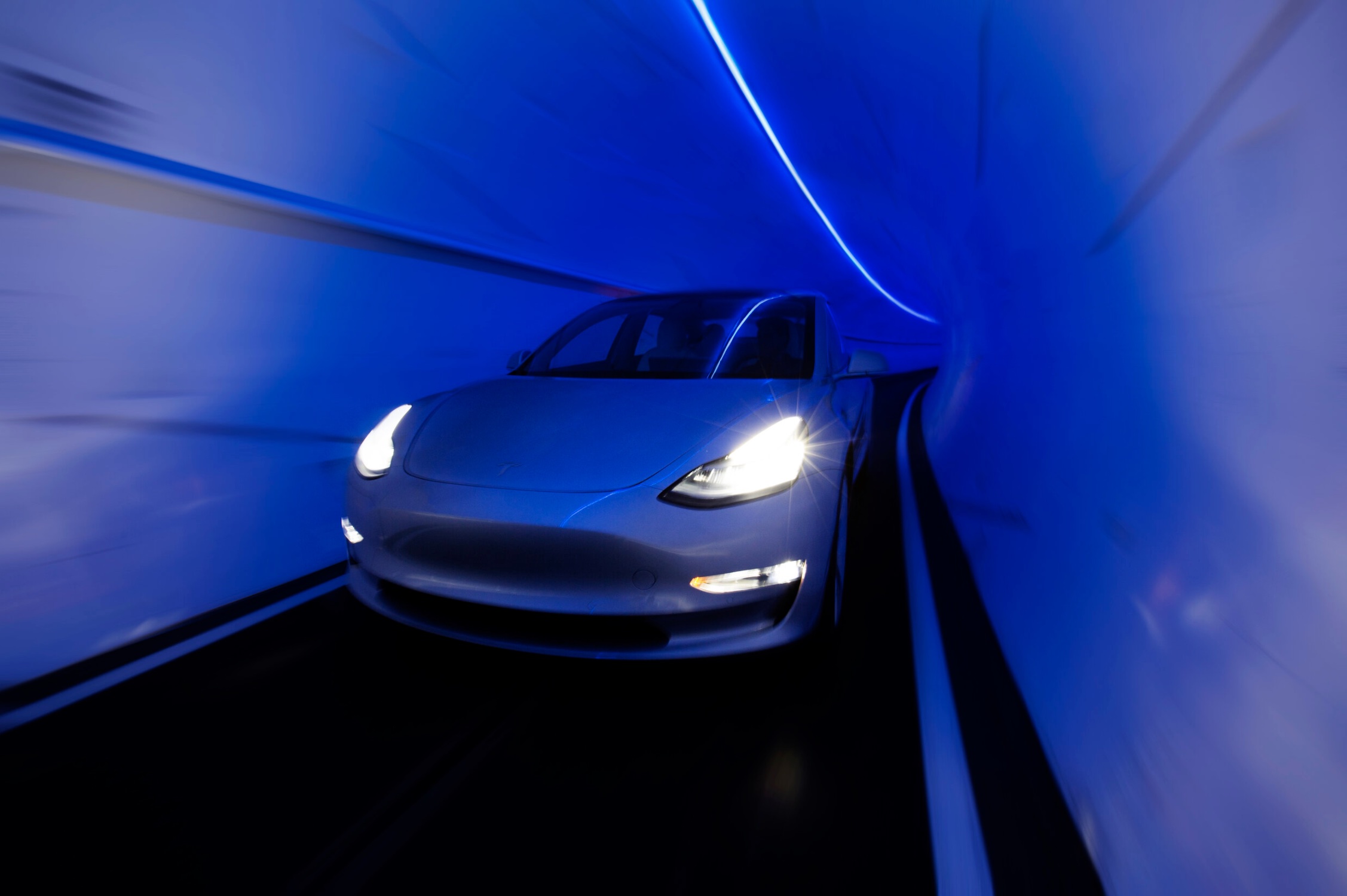
“For my industry, I see Musk above all as a skillful whisker. He claims that he can build tunnels faster and cheaper than others and is causing a stir. On his reference project in Las Vegas, Musk drilled 20 meters in one week. We can do the same route in one day,” he said. (Despite Herrenknecht’s statement, Teslarati has been informed that The Boring Company has already managed to dig 40 meters in a 24-hour period using its first machine, Godot.)
Explaining further, Herrenknecht noted that it would be very challenging for Elon Musk to become competent in the tunneling industry. The executive noted that he believes The Boring Company will not reach the same heights as Musk’s other ventures like Tesla and SpaceX in the next ten years or so due to the complexity of the tunneling segment. “I think the degree of difficulty and complexity in tunneling are higher,” Herrenknecht remarked.
Interestingly enough, the executive also shared a personal anecdote about Elon Musk himself. As per Herrenknecht, Musk actually approached Herrenknecht AG for the potential purchase of a tunnel boring machine for The Boring Company in the past. However, during the negotiations, Elon Musk reportedly exhibited “strange business behavior,” leaving the room for long periods and suggesting numerous ideas. Musk was also adamant in reducing the price of TBMs from $10 million to just $2 million.
“It was pretty chaotic because he left the room several times for a long time and kept coming up with different ideas… Something like that doesn’t work,” Herrenknecht said.
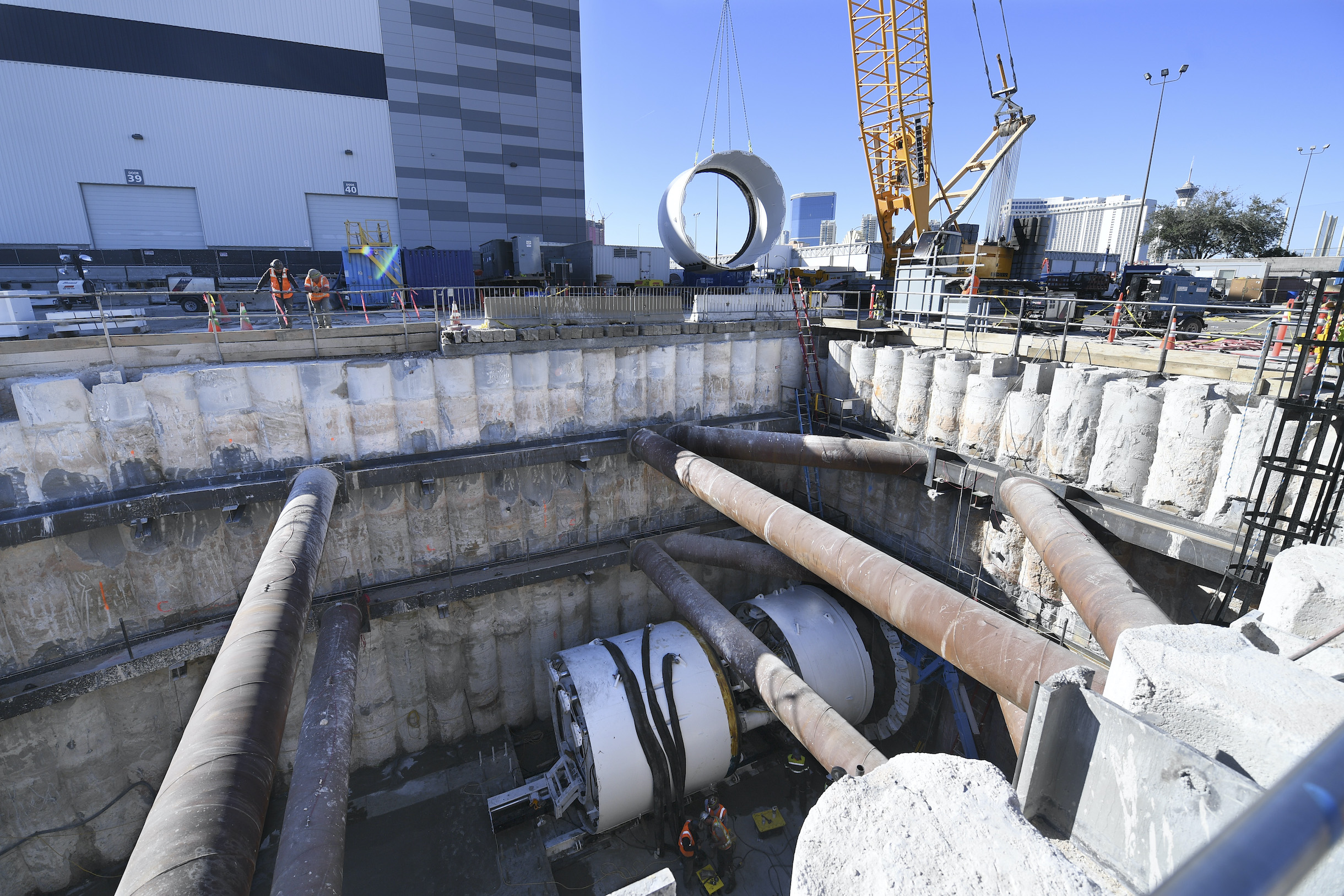
Needless to say, The Boring Company did not purchase a TBM from Herrenknecht AG. The tunneling startup did manage to purchase its tunneling machines from another company, the first of which was used to complete a test tunnel in Hawthorne, CA. Elon Musk has also announced that The Boring Company is working on developing an all-electric TBM called Prufrock, which has the potential to dig tunnels significantly faster than the industry’s best today.
Elon Musk’s ill-fated meeting with Herrenknecht AG echoes some elements of the Tesla CEO’s meeting with the Russians in 2001. Back then, Musk was aiming to purchase intercontinental ballistic missiles that could be used to launch some payloads to space. The discussions ultimately broke down because of the missiles’ cost, and on the trip back to the United States, Musk figured that building rockets would be feasible. SpaceX was founded the year later, and the rest is history.
It remains to be seen if The Boring Company would be the disruptor that Elon Musk plans it to be. That being said, skeptics of the tunneling startup today seem to be following the same patterns as Tesla and SpaceX’s critics, most of whom have been proven wrong over the years. If any, Herrenknecht’s references to the Tesla CEO’s aggressive cost-cutting demands and out-of-the-box ideas are classic Elon Musk. And just like critics before him, the executive reacted adversely to the CEO.
It would then be interesting to see if The Boring Company, at least in the coming years, could rise enough to challenge the titans of the TBM industry, just like its fellow Elon Musk-led companies Tesla and SpaceX. At least for now, history seems to favor Elon Musk and his bold companies, all of which are noted and respected for their unorthodox nature and aggressive strategies.
Don’t hesitate to contact us for news tips. Just send a message to tips@teslarati.com to give us a heads up.

News
Ford cancels all-electric F-150 Lightning, announces $19.5 billion in charges
“Rather than spending billions more on large EVs that now have no path to profitability, we are allocating that money into higher returning areas, more trucks and van hybrids, extended range electric vehicles, affordable EVs, and entirely new opportunities like energy storage.”
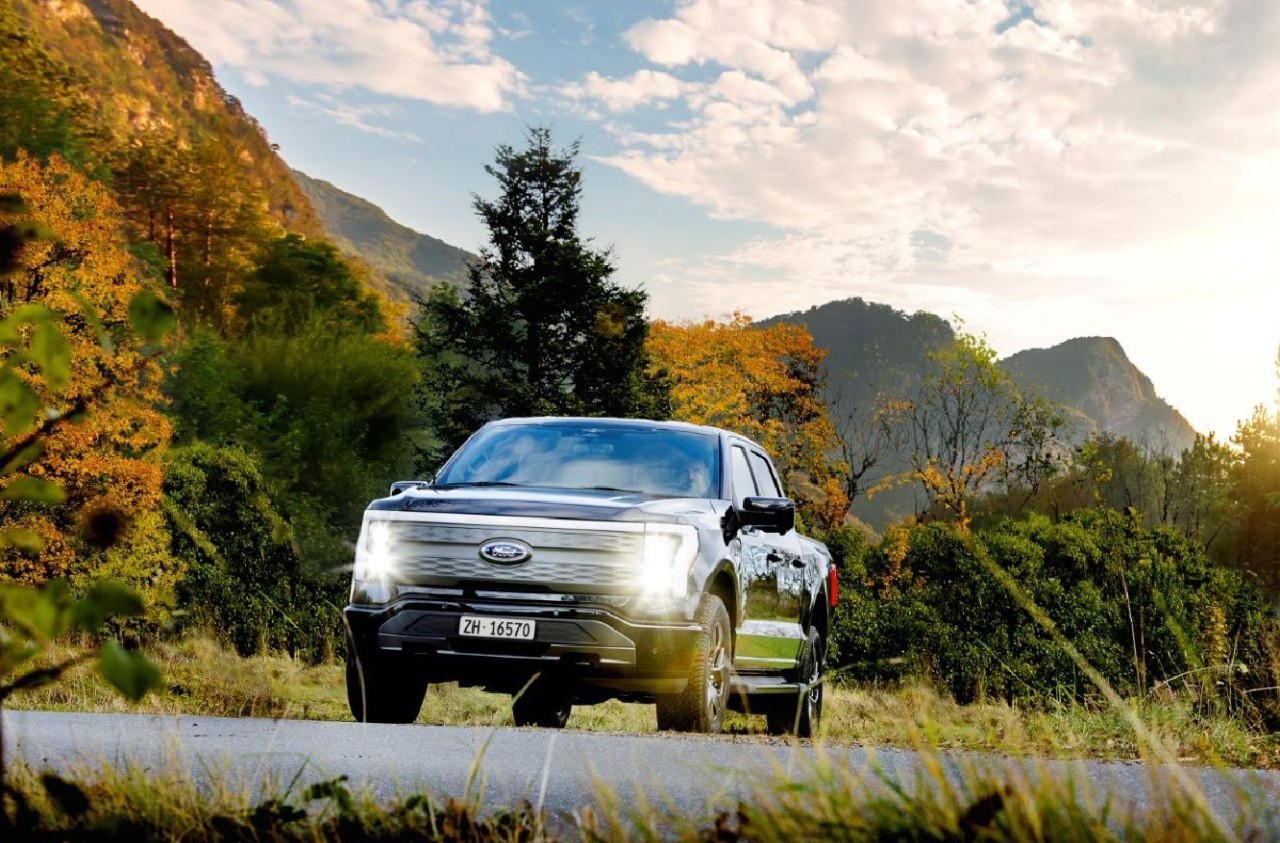
Ford is canceling the all-electric F-150 Lightning and also announced it would take a $19.5 billion charge as it aims to quickly restructure its strategy regarding electrification efforts, a massive blow for the Detroit-based company that was once one of the most gung-ho on transitioning to EVs.
The announcement comes as the writing on the wall seemed to get bolder and more identifiable. Ford was bleeding money in EVs and, although it had a lot of success with the all-electric Lightning, it is aiming to push its efforts elsewhere.
It will also restructure its entire strategy on EVs, and the Lightning is not the only vehicle getting the boot. The T3 pickup, a long-awaited vehicle that was developed in part of a skunkworks program, is also no longer in the company’s plans.
Instead of continuing on with its large EVs, it will now shift its focus to hybrids and “extended-range EVs,” which will have an onboard gasoline engine to increase traveling distance, according to the Wall Street Journal.
“Ford no longer plans to produce select larger electric vehicles where the business case has eroded due to lower-than-expected demand, high costs, and regulatory changes,” the company said in a statement.
🚨 Ford has announced it is discontinuing production of the F-150 Lightning, as it plans to report a charge of $19.5 billion in special items.
The Lightning will still be produced, but instead with a gas generator that will give it over 700 miles of range.
“Ford no longer… pic.twitter.com/ZttZ66SDHL
— TESLARATI (@Teslarati) December 15, 2025
While unfortunate, especially because the Lightning was a fantastic electric truck, Ford is ultimately a business, and a business needs to make money.
Ford has lost $13 billion on its EV business since 2023, and company executives are more than aware that they gave it plenty of time to flourish.
Andrew Frick, President of Ford, said:
“Rather than spending billions more on large EVs that now have no path to profitability, we are allocating that money into higher returning areas, more trucks and van hybrids, extended range electric vehicles, affordable EVs, and entirely new opportunities like energy storage.”
CEO Jim Farley also commented on the decision:
“Instead of plowing billions into the future knowing these large EVs will never make money, we are pivoting.”
Farley also said that the company now knows enough about the U.S. market “where we have a lot more certainty in this second inning.”
News
SpaceX shades airline for seeking contract with Amazon’s Starlink rival

SpaceX employees, including its CEO Elon Musk, shaded American Airlines on social media this past weekend due to the company’s reported talks with Amazon’s Starlink rival, Leo.
Starlink has been adopted by several airlines, including United Airlines, Qatar Airways, Hawaiian Airlines, WestJet, Air France, airBaltic, and others. It has gained notoriety as an extremely solid, dependable, and reliable option for airline travel, as traditional options frequently cause users to lose connection to the internet.
Many airlines have made the switch, while others continue to mull the options available to them. American Airlines is one of them.
A report from Bloomberg indicates the airline is thinking of going with a Starlink rival owned by Amazon, called Leo. It was previously referred to as Project Kuiper.
American CEO Robert Isom said (via Bloomberg):
“While there’s Starlink, there are other low-Earth-orbit satellite opportunities that we can look at. We’re making sure that American is going to have what our customers need.”
Isom also said American has been in touch with Amazon about installing Leo on its aircraft, but he would not reveal the status of any discussions with the company.
The report caught the attention of Michael Nicolls, the Vice President of Starlink Engineering at SpaceX, who said:
“Only fly on airlines with good connectivity… and only one source of good connectivity at the moment…”
CEO Elon Musk replied to Nicolls by stating that American Airlines risks losing “a lot of customers if their connectivity solution fails.”
American Airlines will lose a lot of customers if their connectivity solution fails
— Elon Musk (@elonmusk) December 14, 2025
There are over 8,000 Starlink satellites in orbit currently, offering internet coverage in over 150 countries and territories globally. SpaceX expands its array of satellites nearly every week with launches from California and Florida, aiming to offer internet access to everyone across the globe.
Currently, the company is focusing on expanding into new markets, such as Africa and Asia.
News
Tesla Model Y Standard stuns in new range test, besting its Premium siblings
Tesla’s newer vehicles have continued to meet or exceed their EPA estimates. This is a drastic change, as every 2018-2023 model year Tesla that Edmunds assessed did not meet its range estimates.
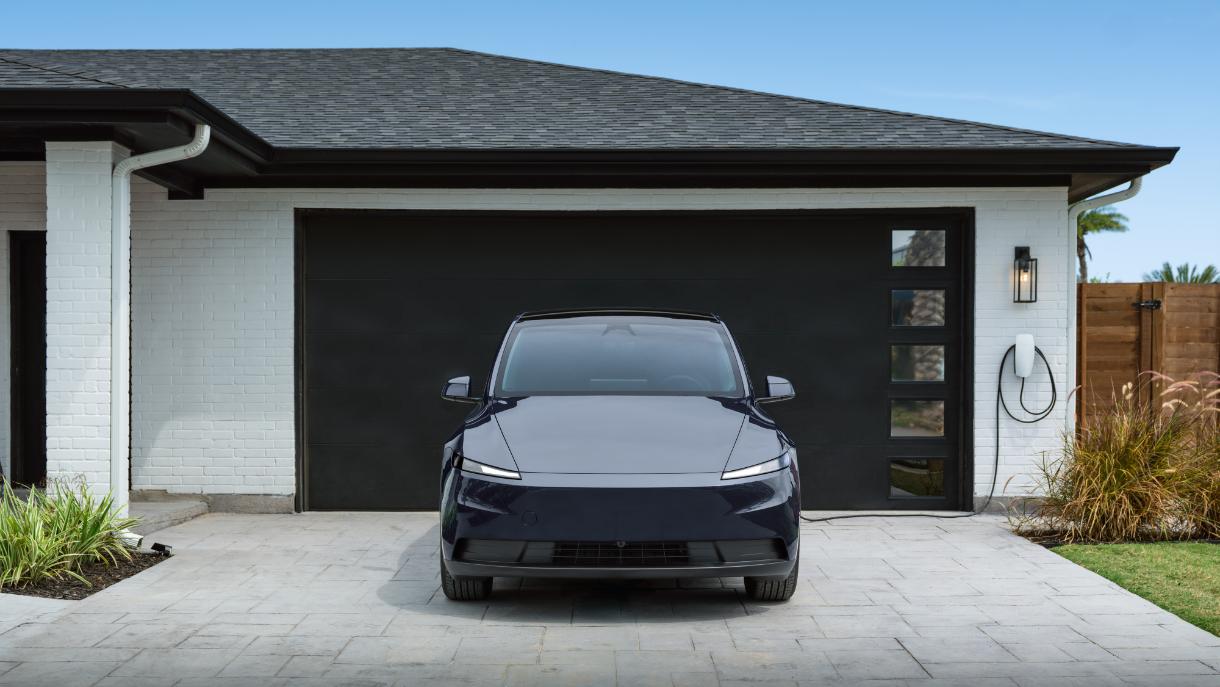
The Tesla Model Y Standard stunned in a new range test performed by automotive media outlet Edmunds, besting all of its Premium siblings that are more expensive and more luxurious in terms of features.
Testing showed the Model Y Standard exceeded its EPA-estimated range rating of 321 miles, as Edmunds said it is the “longest-range Model Y that we’ve ever put on our loop.” In the past, some vehicles have come up short in comparison with EPA ranges; for example, the Model Y’s previous generation vehicle had an EPA-estimated range of 330 miles, but only drove 310.
Additionally, the Launch Series Model Y, the first configuration to be built in the “Juniper” program, landed perfectly on the EPA’s range estimates at 327 miles.
It was also more efficient than Premium offerings, as it utilized just 22.8 kWh to go 100 miles. The Launch Series used 26.8 kWh to travel the same distance.
It is tested using Edmunds’ traditional EV range testing procedure, which follows a strict route of 60 percent city and 40 percent highway driving. The average speed throughout the trip is 40 MPH, and the car is required to stay within 5 MPH of all posted speed limits.
Each car is also put in its most efficient drive setting, and the climate is kept on auto at 72 degrees.
“All of this most accurately represents the real-world driving that owners do day to day,” the publication says.
With this procedure, testing is as consistent as it can get. Of course, there are other factors, like temperature and traffic density. However, one thing is important to note: Tesla’s newer vehicles have continued to meet or exceed their EPA estimates. This is a drastic change, as every 2018-2023 model year Tesla that Edmunds assessed did not meet its range estimates.
Tesla Model Y Standard vs. Tesla Model Y Premium
Tesla’s two Model Y levels both offer a great option for whichever fits your budget. However, when you sit in both cars, you will notice distinct differences between them.
The Premium definitely has a more luxurious feel, while the Standard is stripped of many of the more premium features, like Vegan Leather Interior, acoustic-lined glass, and a better sound system.
You can read our full review of the Model Y Standard below:
Tesla Model Y Standard Full Review: Is it worth the lower price?








